Big Bend Slider Turtle
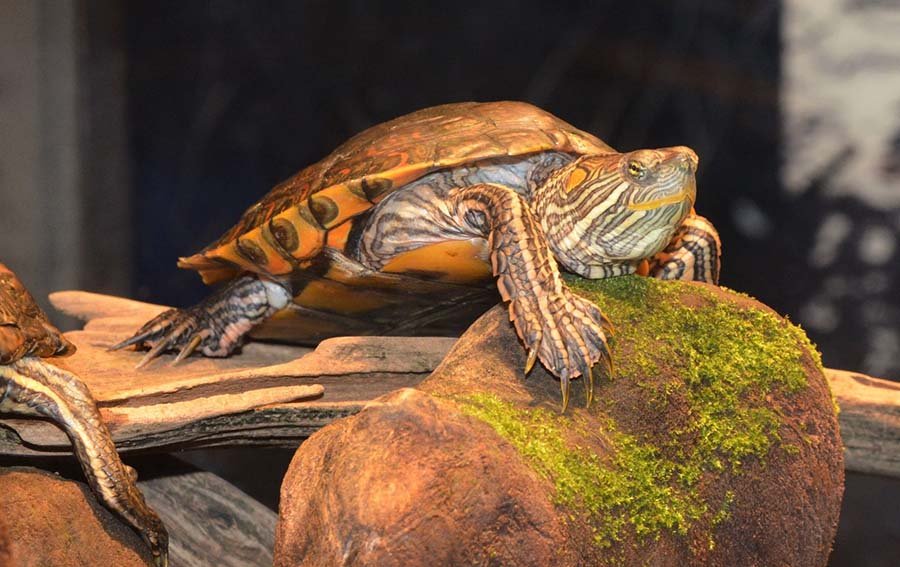
Image from: https://www.theonlinezoo.com/
Big Bend Slider Turtle - Care, Diet, Habitat & More
Scientific name
Trachemys gaigeae
Lifespan
20–30 years
Diet
Omnivorous
Length
6 to 12 inches
Annual Cost
$200 to $400
Sale price
$25 to $60
Last Edited On : 08/04/2025 05:13 AM
Timezone : UTC
All About Big Bend Slider Turtles
The Big Bend Slider Turtle, a unique subspecies of the yellow-bellied slider, is known for its distinct appearance, engaging personality, and intriguing natural habitat. These turtles are native to the United States, particularly in regions around the Big Bend area in Texas. Adapted to the warm climate, they thrive in freshwater environments such as ponds, rivers, and lakes. In the wild, Big Bend Sliders prefer calm waters with plenty of aquatic vegetation and basking areas. Physically, they range between 6 to 12 inches in length, with males generally smaller than females. Males typically reach around 7 to 9 inches, while females can grow up to 12 inches or more. Their shells are usually dark green or brown with yellow markings that vary among individuals, creating unique patterns.
Big Bend Sliders can live up to 20–30 years with proper care, making them a long-term commitment for any pet owner. Their shells, while striking, are also delicate and require regular exposure to UV light to stay healthy. Prospective owners should note that these turtles are semi-aquatic and require a habitat that allows both swimming and basking. Handling Big Bend Sliders frequently is not advisable as they can become stressed; however, they are generally docile and curious in nature. These turtles can breed both in captivity and in the wild. In natural settings, breeding occurs in the warmer months, with females laying eggs in nests on land. For those considering adopting a Big Bend Slider, it’s crucial to prepare an appropriate habitat and understand their specific care needs. With proper attention to habitat, diet, and regular health checkups, these turtles can thrive in captivity, but their long lifespan and specific care requirements make them best suited for dedicated pet owners.
Advertisement
Big Bend Slider Turtle Care Guide
Owning a Big Bend Slider Turtle comes with certain costs, including the initial setup and ongoing expenses. The initial setup, which includes a tank, filtration system, heating lamps, UVB lighting, and substrate, can range from $200 to $400. Annual maintenance costs may include filter replacements, heating elements, food, and vet visits, which can add up to $100–$200 per year. Veterinary care is essential as these turtles can suffer from respiratory infections, shell rot, and vitamin deficiencies. A biannual vet visit helps catch issues early.
Grooming a Big Bend Slider involves checking and maintaining their shell and claws. Regular cleaning of their shell using a soft brush and freshwater keeps them healthy. Monitoring their behavior is key, as any changes could signal health problems. Big Bend Sliders are active and curious turtles, which makes them interesting to observe. They may recognize their owner and show excitement during feeding times but are typically more reserved when it comes to handling.
Yes, Big Bend Slider Turtles are aquatic. They live in rivers and ponds, spending most of their time in the water. They are strong swimmers and enjoy basking on logs or rocks near water.
Big Bend Slider Turtles are not nocturnal. They are usually active during the day, especially in the morning and afternoon. They rest at night in the water or hidden among plants.
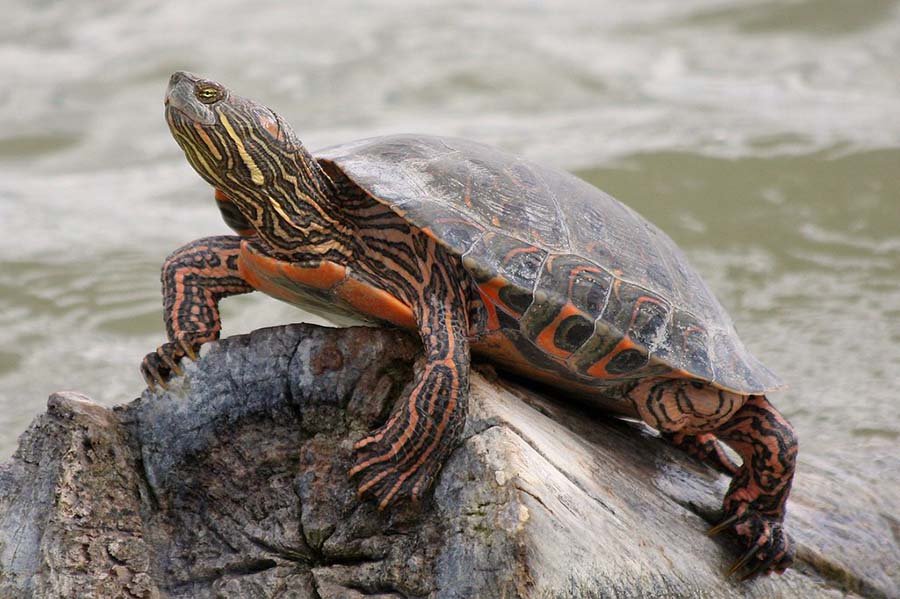
Image from : By J. N. Stuart from flickr.com
Big Bend Slider Turtle Food and Diet
Big Bend Sliders are omnivorous and require a balanced diet of both plant and animal matter. They can be fed aquatic plants, leafy greens like romaine lettuce, and vegetables such as carrots. Protein sources like insects, earthworms, and commercial turtle pellets should make up around 25-30% of their diet. Feeding frequency varies with age; juveniles should be fed daily, while adults can be fed every other day. Be cautious with high-protein foods as too much protein can lead to shell deformities. Certain foods, such as iceberg lettuce, should be avoided as they offer little nutritional value. Popular brands for turtle food include Zoo Med, Tetra ReptoMin, and Mazuri, which are readily available online.
Advertisement
Big Bend Slider Turtle Habitat Setup Guide
Creating a habitat for a Big Bend Slider Turtle requires attention to both water and land areas. A fully aquatic tank with a basking dock is often ideal for their semi-aquatic nature. Tank size should be 40 gallons or more for one turtle, with an additional 10 gallons per additional turtle. A larger tank is necessary if you plan to keep a breeding pair or multiple turtles together, as overcrowding can lead to aggression.
Proper filtration is essential to maintain water quality, as turtles produce a lot of waste. A canister filter is highly recommended, as it keeps the water clear and reduces the frequency of water changes. Water temperature should be maintained at 75–80°F using a water heater, while the basking area should be kept at 85–90°F. A UVB light is crucial to help them synthesize vitamin D3, which is necessary for shell health. Basking platforms, plants like java fern, and smooth rocks are great additions to mimic their natural environment. Avoid rough rocks and gravel as they can harm the turtle’s shell or be ingested.
Yes, Big Bend Slider Turtles can carry Salmonella. The bacteria may not harm the turtle but can be dangerous for humans. Always wash hands after handling turtles or cleaning their habitat.
It is generally legal to own a Big Bend Slider Turtle in most U.S. states. However, local laws may vary, especially in states like Hawaii or Alaska. Always check with your state wildlife department.
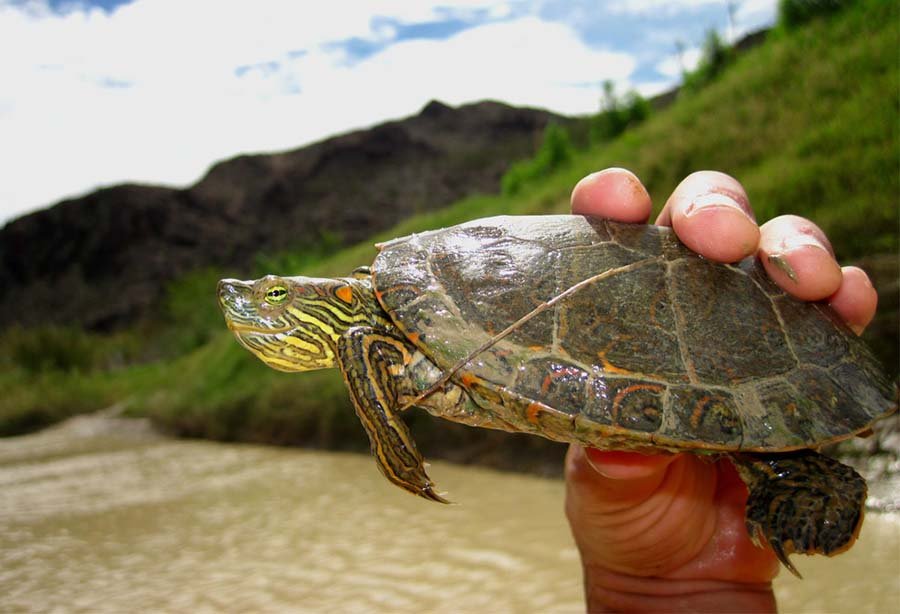
Image from: https://uk.inaturalist.org/
Things To Consider Before Adopting A Big Bend Slider Turtle
Big Bend Sliders are generally curious but are best enjoyed from within their habitat. While they may approach their owners and even take food directly from their hands, excessive handling is discouraged as it can cause stress. They can be handled gently during tank cleaning or health checks, but care should be taken to support their entire body to avoid injury. Children should be supervised when interacting with them, as turtles may bite if startled.
Big Bend Sliders should not roam outside their enclosure due to the risks of injury and bacterial exposure. In multi-species habitats, they may coexist with certain fish species, such as danios or guppies, and other non-aggressive turtles. However, caution is advised, as aggression or territorial behaviors can sometimes arise.
Advertisement
Want to Buy a Big Bend Slider Turtle ? Things to Look For
When selecting a Big Bend Slider Turtle, look for one with clear eyes, a firm and smooth shell, and active behavior. Healthy turtles have no visible shell damage and show curiosity. Prices for Big Bend Sliders can vary by region but generally range between $25 to $60 in the U.S. Depending on the state, there may be restrictions on owning this turtle species, so it's essential to research local laws before purchasing. States like Florida and Texas may have regulations, and import restrictions apply in certain areas outside the U.S.
For those in other countries, availability can vary. In the U.K., Canada, and some Asian countries, Big Bend Sliders are sometimes available, though restrictions may apply. Certain areas, such as Australia, may restrict their sale or ownership entirely due to ecological concerns. Reputable online stores such as My Turtle Store, Underground Reptiles, and local pet stores can offer guidance on purchasing Big Bend Sliders responsibly.




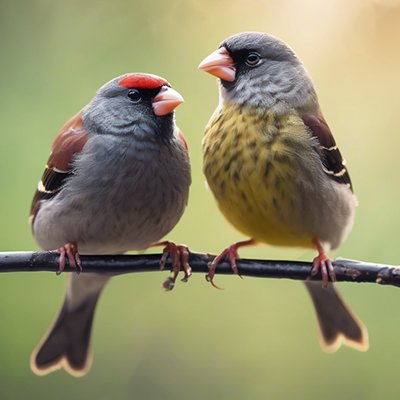




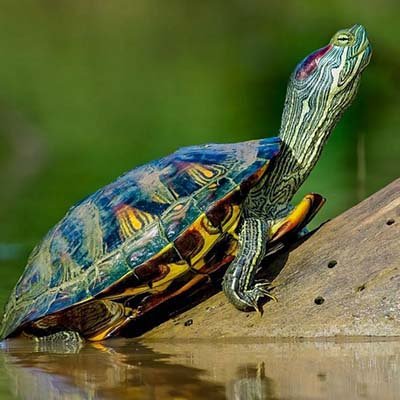
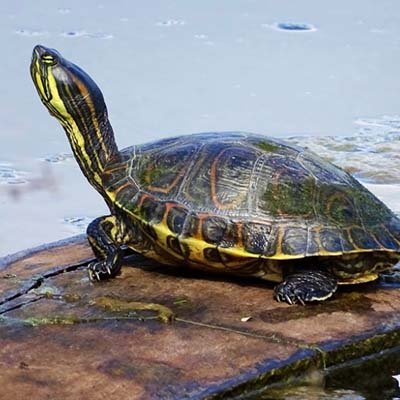

No comments posted yet !